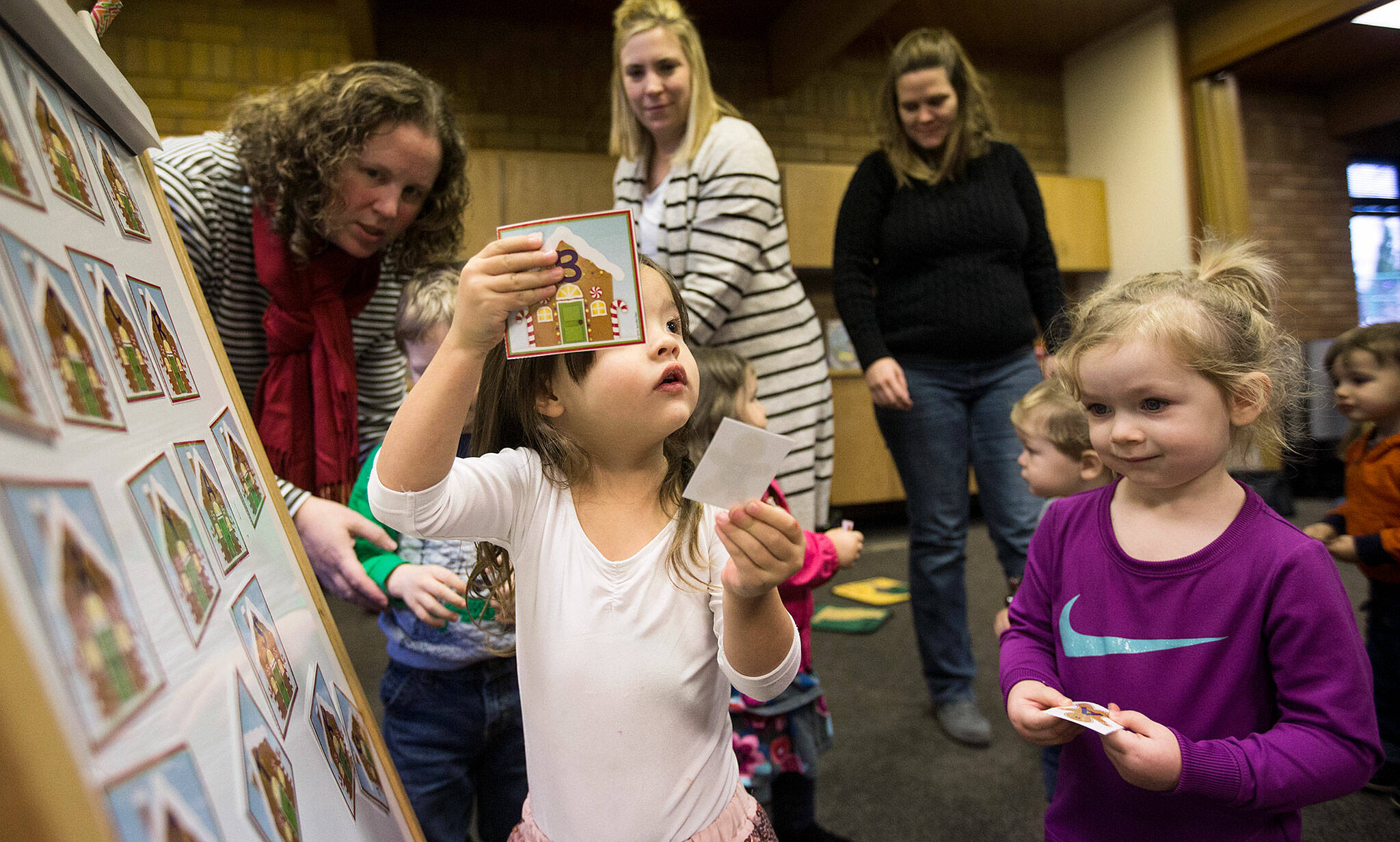By The Herald Editorial Board
In a span of time even shorter than that between check-out of a library book and the due-date for its return, a proposed split by the City of Lake Stevens from the Sno-Isle Libraries system was resolved, with plans back on track for a new library in the growing city of more than 35,000 as part of the city’s planned civic campus.
Last Saturday, news broke that the city and Mayor Brett Gailey had proposed dropping out of Sno-Isle Libraries — a countywide system that includes 23 libraries in Snohomish and Island counties — in order to transfer Sno-Isle’s share of levy revenue to the city to complete funding through a $1.5 million to $1.9 million bond for a civic campus that is to include city offices, a senior center, public meeting space and the library.
Gailey had questioned whether city residents were getting adequate value in return for the $2.25 million in annual revenue that Lake Stevens property owners generate for the library system and suggested that the city might be better off if it parted ways with Sno-Isle and contracted with a third-party provider for library services.
For the civic campus project to proceed, the city said in a news release, “voters must agree to leave the Sno-Isle Library District, and reassign the Sno-Isle levy you pay to the city.”
The value received in exchange for taxes is a fair question to ask, particularly for city officials on behalf of residents. But the quick response to the proposal from residents, who have enjoyed a Sno-Isle library in their city since 1962 — was a resounding yes; they’re getting more than what they pay for.
By Tuesday, the city and Sno-Isle had issued a joint statement that affirmed both were moving forward with the “long-standing goal of a new public library in Lake Stevens, constructed and operated by Sno-Isle Libraries.”
That response is heartening to Sno-Isle staff and the library system’s supporters.
“What it touched is what’s the value of a public library, and not just the financial value,” said Lois Langer Thompson, executive director for Sno-Isle, in an interview last week. “What’s the value in the identity in the community, through the building and the services and what happens there? It’s a fundamental institution in most communities. That’s what sparked a lot of the response.”
Two recent failures of bond requests by Sno-Isle to fund construction of a new library — in 2017 and 2018 — shouldn’t be interpreted as a lack of public support for the library. The first measure surpassed the required supermajority for bonds with 66 percent approval, but failed because not enough total votes were cast for validation, following the high turnout for the 2016 presidential election. A second attempt in 2018 also failed, but was still favored by a majority of voters.
Sn0-Isle has since moved its library to the city’s former police department offices, while planning and preparation progress for a new library, plans that now are moving forward without returning to voters for another try at funding through a bond.
Lake Stevens residents haven’t said no to a new library, Langer Thompson said, but they did ask Sno-Isle to think differently about how to fund its construction. The library system is moving forward with a package of funding that includes private contributions paired with matching funding from state grants, including $5.7 million from the state’s capital budget, announced last July. Of the state funding, $3.1 million will be used for the new Lake Stevens library.
No timeline for the project has been announced, but planning and community outreach are continuing and site work at the library property is expected to begin soon, said Chy Ross, Sno-Isle’s assistant director for capital strategy and planning.
While it moves forward with the Lake Stevens library, the system also is preparing for renovations and upgrades at other libraries, including a matching $700,000 grant for remodel of the Langley library and a matching $250,000 grant for improvements at the Darrington library. The Arlington library, thanks to a bequest from an Arlington woman, will enjoy a new HVAC system soon that will provide air-conditioning and smoke-free air in the summer.
While the covid-19 pandemic forced the library system to find workarounds to continue its services, it also led to reconsideration of plans for library buildings and facilities, Ross said, including changes for ventilation, more open spaces and even spaces outdoors.
“We’ll likely look at our outdoor spaces differently than we would have five years ago because they were so valuable to us in being able to maintain service for our community when the pandemic had us more locked down,” Ross said.
Finding flexibility in the outdoor spaces at libraries, he said, will add to their value and attraction to the public even after the pandemic.
Public libraries, even before Andrew Carnegie built more than 2,500 of them across the United States in the late 19th and early 20th centuries, have been more than a repository of books. They are gathering places for communities, centers for education for children and adults and a partner resource for other public agencies and organizations. Last week, for example, Sno-Isle began assisting the Snohomish Health District with distribution of 20,000 KN-95 masks that are now in high demand for protection from covid’s omicron variant.
“The library building is an asset, but it’s also a service,” Langer Thompson said. “This idea of an inspiring public space in the community is so important. That gets back to a community-based library and its effects on the rest of the community.”
Lake Stevens city officials, asking fairly about the value of Sno-Isle’s library, now have their answer.
Talk to us
> Give us your news tips.
> Send us a letter to the editor.
> More Herald contact information.

























